According to a group of scientists from Canada, this phenomenon is not accidental. It is possible that prehistoric people's finger joints were cut off during ancient religious rituals, or they may have cut off their finger joints to show community cohesion according to a common convention.
Studying the shapes left by prehistoric people in caves from prehistoric times, scientists found that the shapes left behind all showed that prehistoric people's hands often had missing fingers or joints.
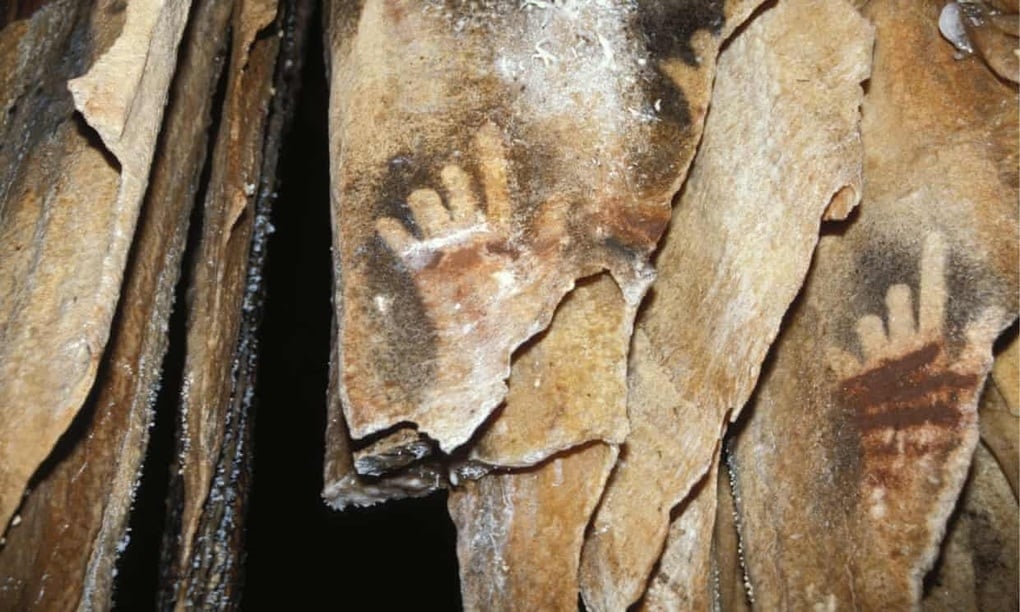
Previously, scientists often thought that this phenomenon of missing fingers and joints was due to the way prehistoric people carved (Photo: The Guardian).
In a study recently presented at the European Society for Human Evolution conference, a team of scientists from Canada pointed out that 25,000-year-old handprints found in France and Spain all depict hands with missing fingers or missing joints.
Scientists have found that among more than 200 stone carvings of prehistoric human hands found in France and Spain, the lack of at least one finger joint is quite common.
Previously, scientists often thought that this phenomenon of missing fingers and joints was due to the way prehistoric people carved their hands, or maybe because prehistoric people lost their finger joints during times when the temperature dropped too low.
Now, a group of Canadian scientists led by archaeologist Dr. Mark Collard has come up with another explanation.
"There is compelling evidence to suggest that prehistoric humans may have deliberately amputated their knuckles in religious rituals, or to demonstrate some sort of commitment within a community," said Dr. Mark Collard from Simon Fraser University in Vancouver, Canada.
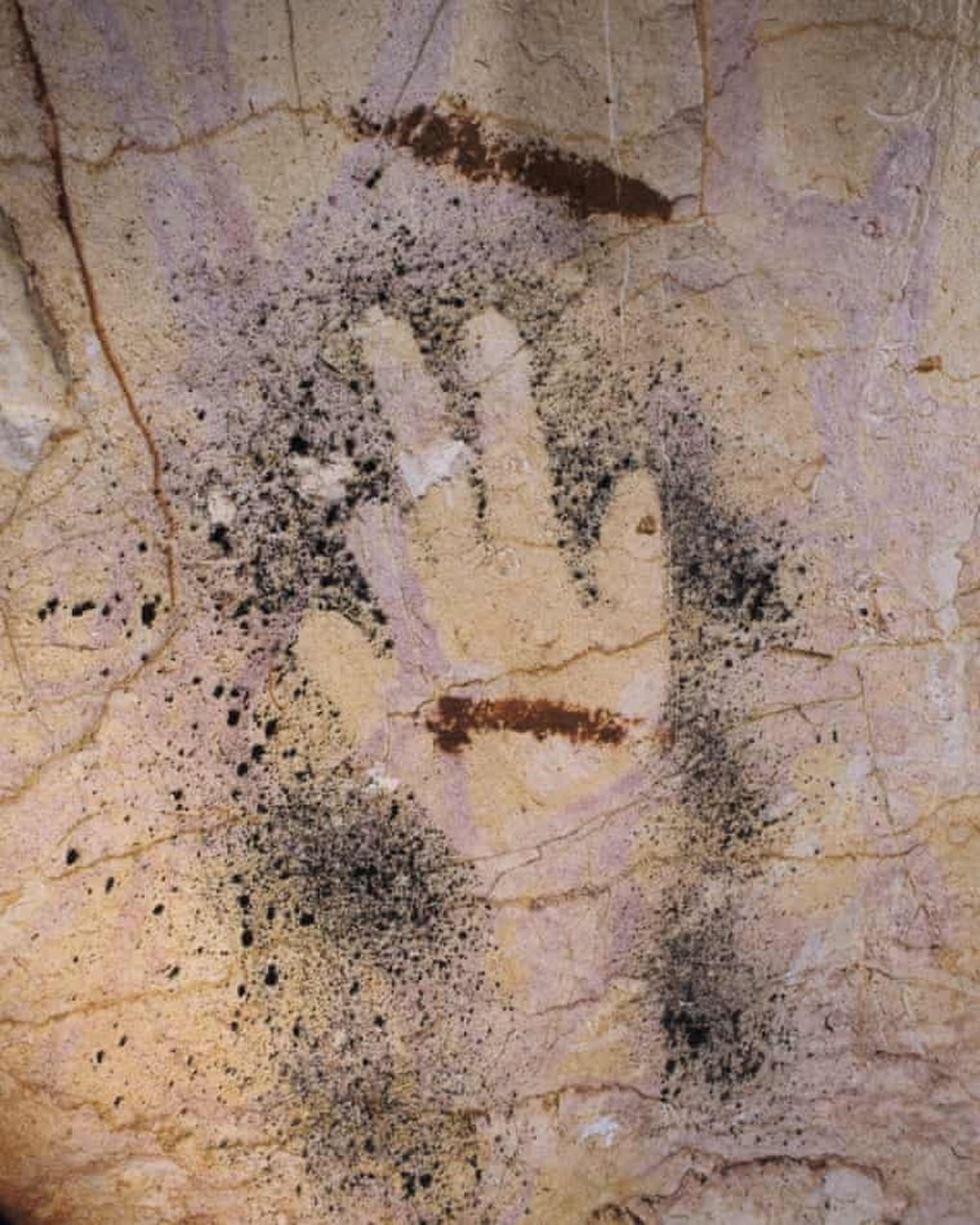
According to a group of scientists from Canada, this phenomenon is not accidental, it is possible that the prehistoric people's finger joints were cut off during religious rituals (Photo: The Guardian).
Dr. Collard cites the example of some tribes around the world , such as the Dani people who live in the highlands of New Guinea. Women of this tribe often amputate their fingers when a relative dies, especially a biological child.
The way prehistoric people made handprints on cliffs was by placing the hand in a dye and pressing it against the rock, or by using dye to paint around the hand and then pressing it against the rock. In either case, the hand with missing fingers or joints will be clearly visible.
The team also found similar handprints on cliffs in other communities. They found more than 100 pieces of evidence of this phenomenon at archaeological sites in Africa, North America, Asia, Australia...
Source link







![[Photo] Solemn opening of the 1st Government Party Congress](https://vphoto.vietnam.vn/thumb/1200x675/vietnam/resource/IMAGE/2025/10/13/1760337945186_ndo_br_img-0787-jpg.webp)










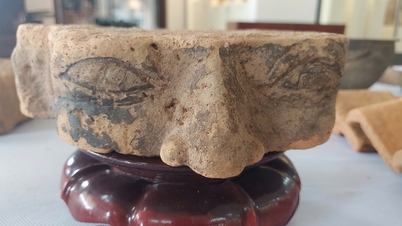

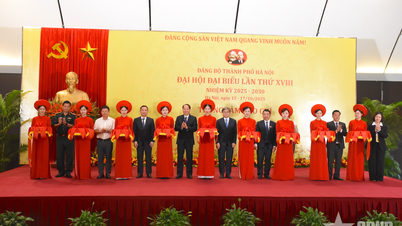

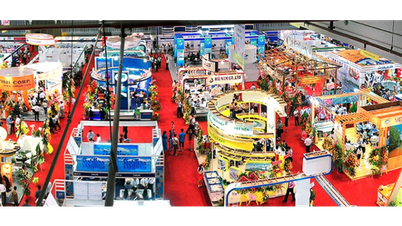




































































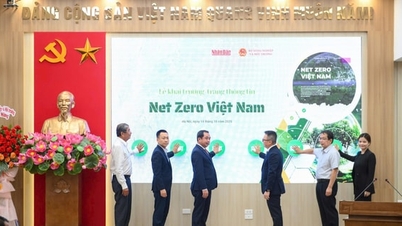

















Comment (0)